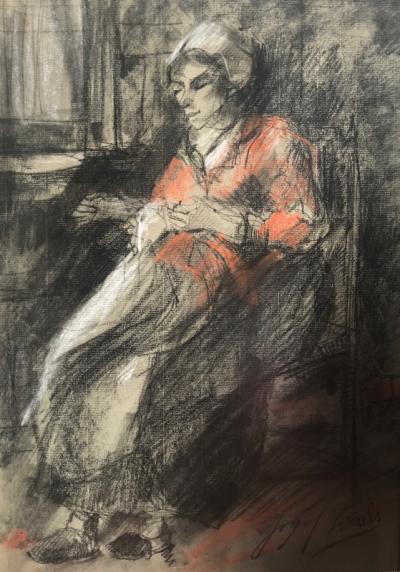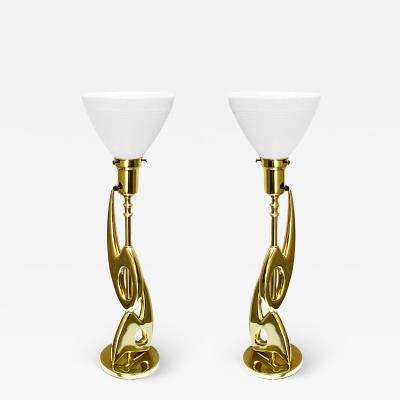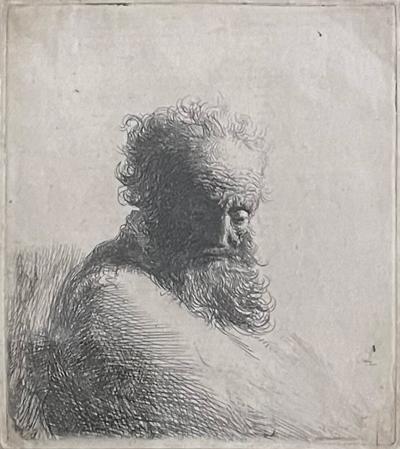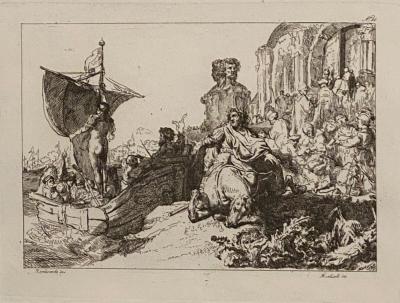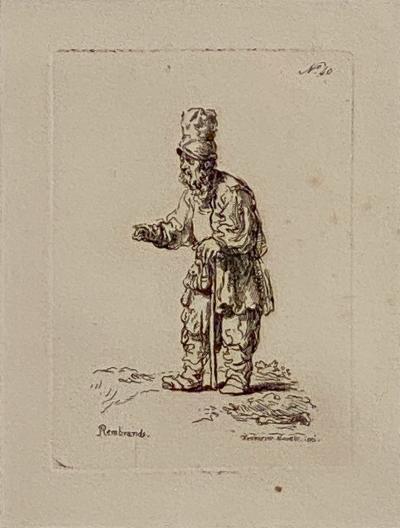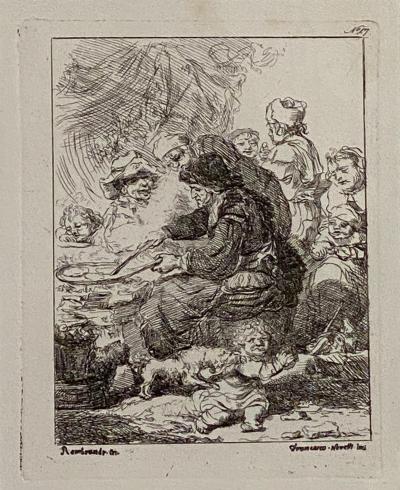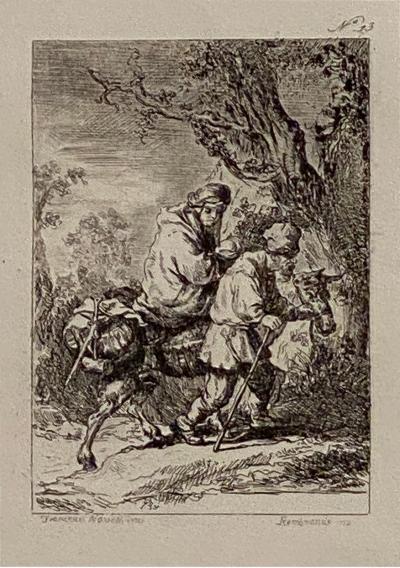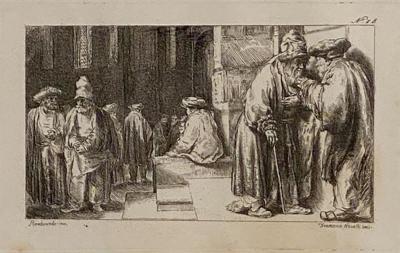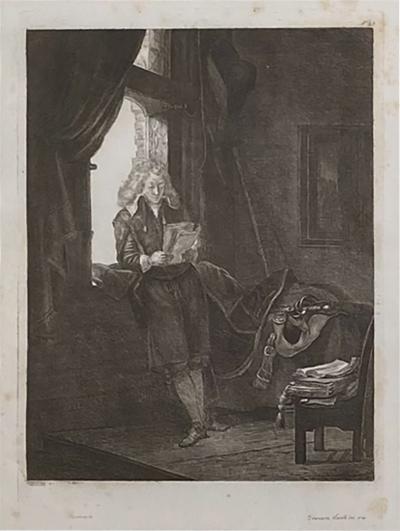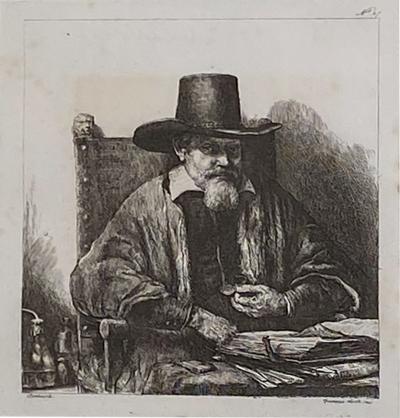Rembrandt
Netherlander
Rembrandt van Rijn, a renowned painter, draftsman, and etcher, is celebrated as the greatest artist of Holland’s “Golden Age.” Born in Leiden, he later moved to Amsterdam, where he honed his craft under the tutelage of Pieter Lastman. Despite never traveling abroad, Rembrandt extensively studied the works of Northern artists who had been influenced by Italian art, such as Caravaggio and Peter Paul Rubens.
One of Rembrandt’s distinctive traits was his dedication to direct observation of life, evident in his early self-portraits and works like the Saint Paul in Prison. This commitment to realism continued throughout his career and greatly influenced his teaching, with pupils including notable artists like Gerrit Dou and Ferdinand Bol.
In Amsterdam, Rembrandt gained fame as a portraitist, creating dramatic compositions like The Anatomy Lesson of Dr. Tulp. His success was further bolstered by his marriage to Saskia, the cousin of his art dealer Hendrick Uylenburgh, and his association with the Mennonites, which likely influenced his poignant depictions of biblical scenes.
The 1640s saw a shift in Rembrandt’s style, moving from theatrical to contemplative, possibly influenced by personal hardships including Saskia’s death and financial struggles. Despite facing financial ruin in 1656, Rembrandt continued to produce masterpieces, such as The Syndics of the Amsterdam Drapers’ Guild, showcasing his remarkable powers of invention and perception.
Beyond painting, Rembrandt was a virtuoso draftsman and innovative printmaker, creating about 350 etchings that pushed the medium’s boundaries. His work inspired countless artists across Europe, leaving a lasting impact on the art world that continues to be felt today.
One of Rembrandt’s distinctive traits was his dedication to direct observation of life, evident in his early self-portraits and works like the Saint Paul in Prison. This commitment to realism continued throughout his career and greatly influenced his teaching, with pupils including notable artists like Gerrit Dou and Ferdinand Bol.
In Amsterdam, Rembrandt gained fame as a portraitist, creating dramatic compositions like The Anatomy Lesson of Dr. Tulp. His success was further bolstered by his marriage to Saskia, the cousin of his art dealer Hendrick Uylenburgh, and his association with the Mennonites, which likely influenced his poignant depictions of biblical scenes.
The 1640s saw a shift in Rembrandt’s style, moving from theatrical to contemplative, possibly influenced by personal hardships including Saskia’s death and financial struggles. Despite facing financial ruin in 1656, Rembrandt continued to produce masterpieces, such as The Syndics of the Amsterdam Drapers’ Guild, showcasing his remarkable powers of invention and perception.
Beyond painting, Rembrandt was a virtuoso draftsman and innovative printmaker, creating about 350 etchings that pushed the medium’s boundaries. His work inspired countless artists across Europe, leaving a lasting impact on the art world that continues to be felt today.
Rembrandt
Mid-Century Modernist Sculpted Brass Table Lamps by Rembrandt Lamp Co
H 27 in W 9 in D 6 in
$ 3,450
Access Trade Price
Rembrandt Harmenszoon van Rijn
Rembrandt Etching #17, by Francesco Novelli, Italy Circa 1770
H 10 in W 9 in D 1 in
Rembrandt
Circa 1770 Rembrandt Etching #4, by Francesco Novelli
H 13 in W 12 in D 1 in
Request Price
